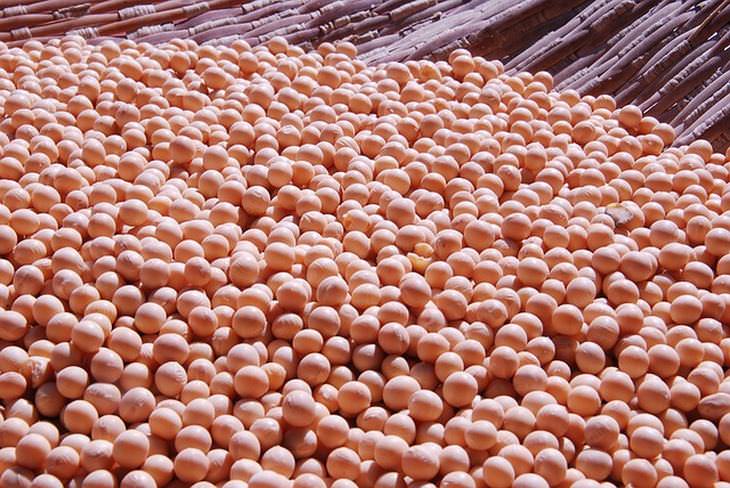1. Lean Meat
Animal meat is one of the best sources of protein and vitamin B-12, and most dietitians will advise their patients to stick to lean meat and avoid the fattier cuts. The problem is that consuming too much animal protein causes the body to produce a hormone called IGF-1 (Insulin-like Growth Factor 1). This hormone can accumulate in the body and lead to accelerated aging and cancer. If you need to get proteins, try balancing your diet between lean meat and legumes.
2. Oranges and Tomatoes
Both fruits are jam-packed full of vitamin C and are often recommended because of their health benefits. While they are indeed good for your health, overeating them can become a serious problem. Tomatoes and oranges are highly acidic, and increased consumption of them can lead to acid reflux. On its own, reflux is relatively harmless, but repeated bouts will damage your esophagus and cause Barrett’s Esophagus, which is a state where the esophagus is covered in precancerous abrasions.
3. Spinach
This leafy green is rich in vitamins, minerals, iron, protein, and fiber, making it an amazing addition to your diet. Spinach is also a good source of lutein, which helps prevent macular degeneration. “So what’s the problem?” you may be asking. The answer is that spinach also contains high levels of oxalate, which triggers the formation of kidney stones. If you’ve got a history of kidney stones, you’ll want to avoid spinach.
4. Soy
The go-to meat substitute for many vegetarians, soy, is rich in protein, helps lower cholesterol levels and even reduces blood pressure. However, soy also has a “dark side” – it hinders iron absorption in the body, which can quickly lead to anemia. Furthermore, soy contains phytoestrogen, which mimics the female hormone estrogen. Phytoestrogen can lead to endometrial hyperplasia, which can lead to uterine cancer. Furthermore, in men, it can lead to the development of feminine features if consumed in large quantities.
5. Canned Tuna
Canned tuna is often recommended by dietitians and trainers as a good source of protein that's also low in calories. But problems arise from the high mercury levels in canned tuna. Mercury poisoning causes vision problems, speech and hearing problems, impaired coordination, and damage to muscle tissues. In severe cases it can be fatal, so don’t eat more than five cans a week.
6. Brazil Nuts
In moderation, Brazil nuts are small, delicious bombs of health; rich in fiber, protein, and fatty acids. Add to that their ability to lower cholesterol levels and reduce blood pressure and you’ll think they make a great healthy snack. But problems arise from the high levels of selenium in these nuts. Selenium is an essential nutrient, but in large doses it becomes toxic. Selenium toxicity leads to loss of hair, brittle nails, neurological damage, and eventually death. To make sure you are not overdoing it, avoid eating more than ten a day.
Bonus: Water

Water is the source of life. We need it to survive and can’t go longer than three days without it or we’ll die. The average person requires around three liters of water per day to remain healthy and energetic. But what happens when you consume too much water? Drinking six liters of water within a 3-hour period can lead to water intoxication, a state where your body’s electrolyte balance is disturbed.
“At the onset of this condition, fluid outside the cells has an excessively low amount of sodium and other electrolytes. This causes the cells to swell. In the brain, this swelling increases intracranial pressure (ICP), which leads to headaches, personality changes, changes in behavior, confusion, irritability, and drowsiness.
These are sometimes followed by difficulty breathing during exertion, muscle weakness and pain, twitching, or cramping, nausea, vomiting, thirst, and a dulled ability to perceive and interpret sensory information. The cells in the brain may swell to the point where blood flow is interrupted resulting in cerebral edema, and may also apply pressure to the brain stem causing central nervous system dysfunction. Both cerebral edema and interference with the central nervous system are dangerous and could result in seizures, brain damage, coma or death.” (source)
h/t: stylecraze.com







